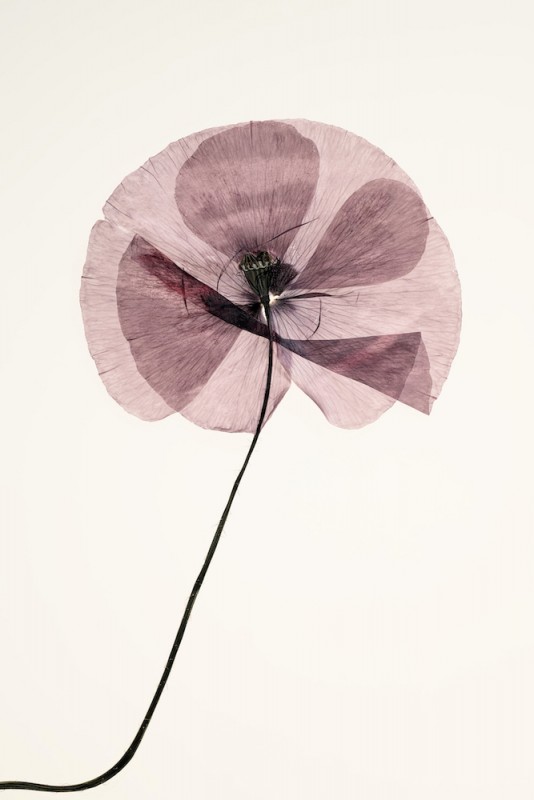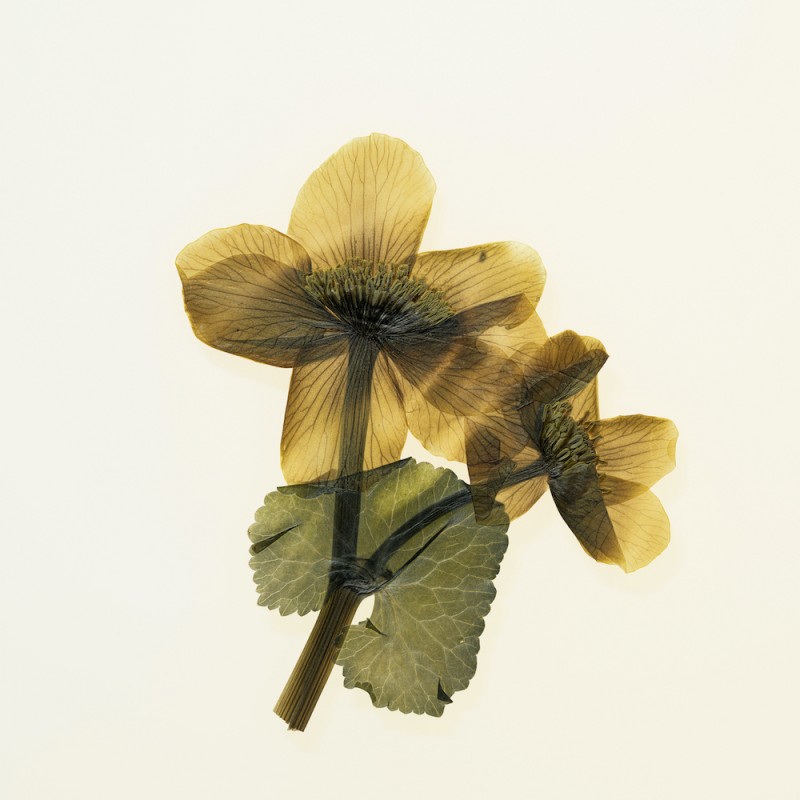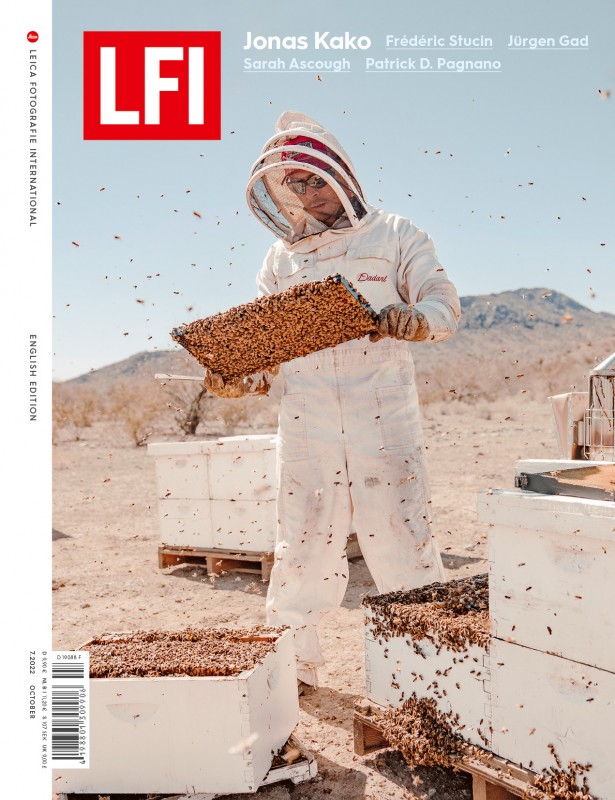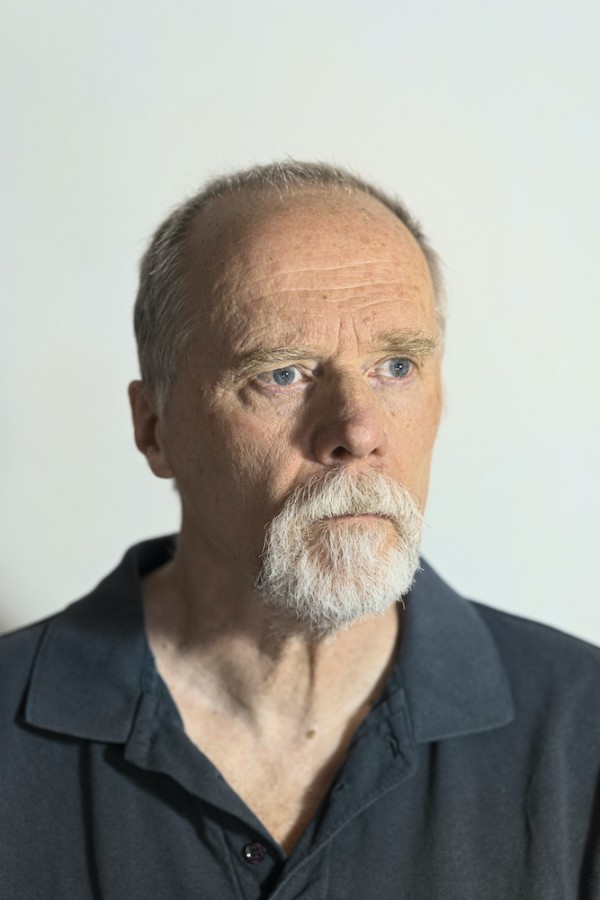Kire
Kire
Jürgen Gad
September 29, 2022
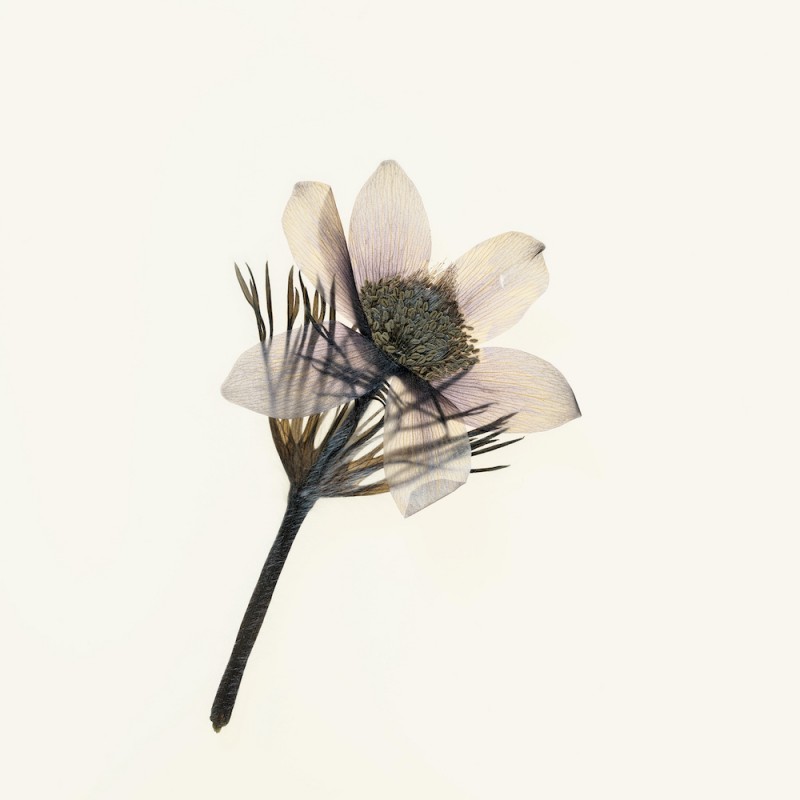
LFI: Why blossoms?
Jürgen Gad: Blossoms are representative of the whole of nature, including human beings. To quote a Zen saying: the part does not exist without the whole, the whole does not exist without the part. So the whole exists in the part and vice versa.
What did you do with the flowers?
The word kire in the title of the flower series, means something like cutting, separating. I have applied it literally to the Kire photos. In Zen aesthetics, this artistic expression is used to convey the idea that the object portrayed, in this case the blossom, is not simply a replica. The blossoms have been pressed and dried, which means that their appearance is unpredictable. That's why the choice for the actual photographs can only happen once the process is completed and I can see the effect for each blossom.
How exactly did you photograph the dried blossoms?
The flowers were laid out on a light table where they were photographed with a combination of transmitted and reflected light. The camera was then connected horizontally on the tripod. The selection of each picture excerpt was made with the help of the generous back display. The sharpness was set with the autofocus and, before actually pressing the shutter, the lead time was set at 12 seconds to prevent shaking. Checking the histogram in conjunction with the automatic timer gave me the correct exposure time. The pictures were taken in so-called pixel shift mode, so, photographed with a number of captures (multi shot).
What makes this technique special?
One advantage of the multi shot process is that, in the case of macro photography, you can stay relatively distant from the motif, because the resolution reserve of up to 96 megapixels, is enormous. This means that you can comfortably set the crop factor later in the RAW converter, and you don't have to stop down so much to achieve the critical depth of field for macro shots – f/8 is quite sufficient. Another plus for the pixel shift mode compared to the single shot mode, is that you can bypass the disadvantages of Bayer patterns. Due to the respective primary colour filters before the actual photodiode, and the resulting necessary colour interpolation, each photodiode "sees" all colours. The result – assuming that the image processing by the RAW converter is sensible – is exceptionally clear images with a very low tendency for artefacts to appear. This would inevitably occur when photographing close to the resolution limit with the one-shot process.
What is particular about your picture processing?
As far as the sharpening algorithms are concerned, the respective RAW converter is particularly challenged, because the original photo looks relatively soft. During my “experiments” with the pixel shift mode, I discovered that down-calculating the 96 megapixels to the native 24 increased the SL2-S's image quality considerably. In the screen's 100 percent mode, you see pictures that you couldn't imagine being any better. If you print them on your home printer, you'll get photos that have a three-dimensional appearance. The reason for this is the very differentiated reproduction of the finest details.
What did you yourself discover when photographing the blossoms?
While I was taking the pictures, I noticed the delicacy of the pressed flowers, which, when lit from underneath, is well suited for highlighting the internal structure, that wouldn't otherwise be seen in bare incident light.
LFI magazine 7/2022+-
A comprehensive portfolio is included in the LFI magazine 07.2022. More
Jürgen Gad+-
Born in 1954, Jürgen Gad has been taking photographs since he was a child. He has degrees in Natural Sciences, having studied Geology, Palaeontology and Zoology, and has worked professionally as a geologist and palaeontologist. Today he is retired and pursues his passion for photography. He is fascinated by Zen aesthetics and has his own website where he publishes numerous photographs. More


